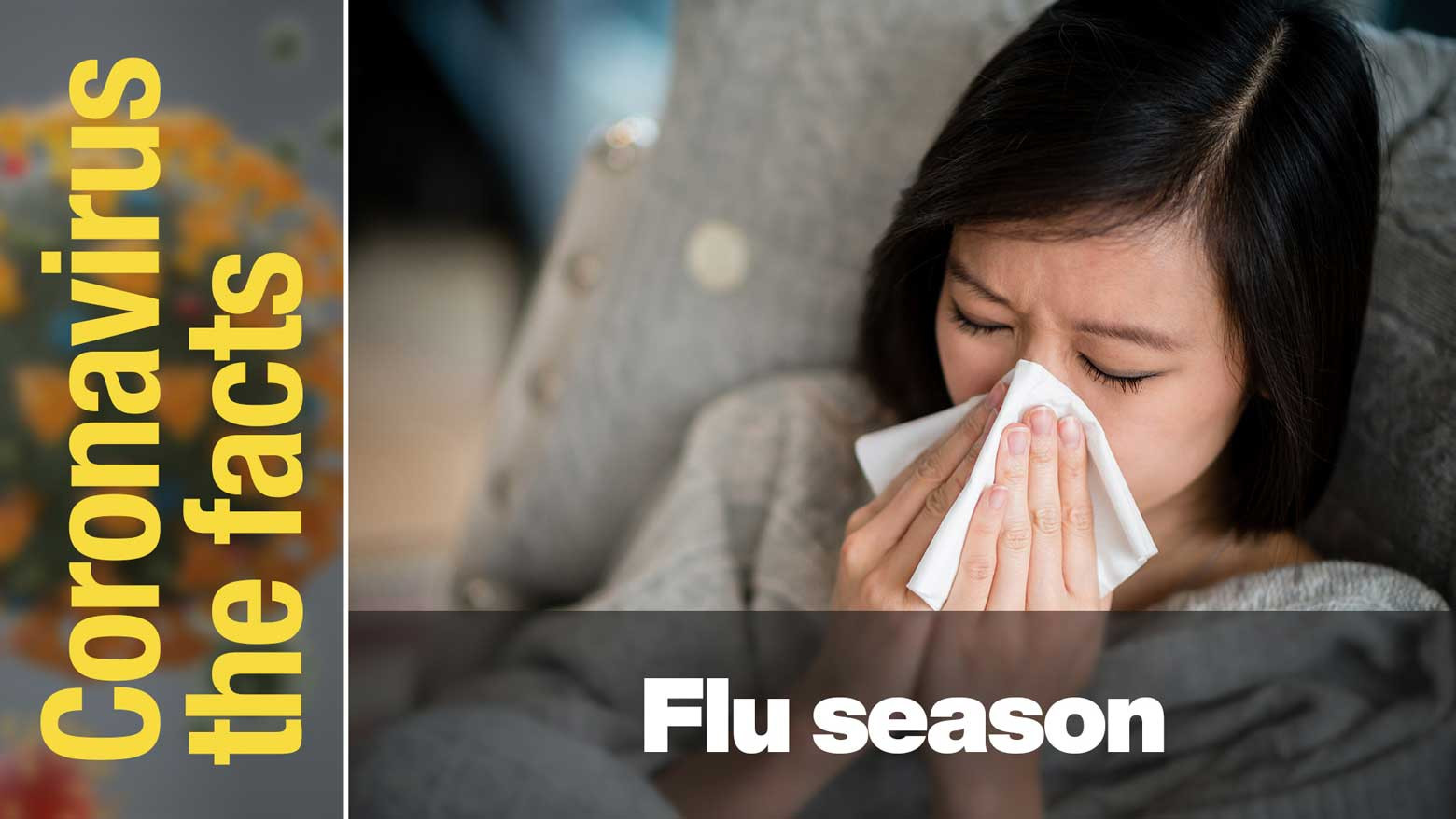This is part 44 of our coronavirus FAQ. Click here to read other installments: #Coronavirus the facts. Find the latest information and answers from experts on everything COVID-19.
Local clinics will play a crucial role
The health ministry has established a system in which local clinics will conduct coronavirus testing in preparation for the fall and winter flu season.
Currently, people with fever or other coronavirus symptoms are tested in one of two ways. The first is through a consultation desk set up at a nearby public health center, which then refers the patient to a designated medical institution for testing. The second is through a local clinic, which then refers the patient to a regional testing center.
However, there are concerns that these mechanisms will not be sufficient to handle the expected spike in people with fever or other symptoms requesting tests during the autumn and winter.
With this in mind, the health ministry plans to make local health clinics the center of its coronavirus testing system during the flu season. The ministry plans to increase the number of clinics capable of conducting coronavirus testing by making 200,000 antigen test kits available every day.
Test kits lead to faster results
The clinics will mostly use these antigen test kits, which provide faster results. If a person tests positive, a public health center will refer the patient to a hospital or designated accommodation facility.
Some local clinics are closed over the weekends. In these cases, people showing symptoms can instead contact the consultation desk at a public health center.
Japan prepares flu vaccines
There is a fear that vaccines will be in short supply this flu season as the pandemic leads to more people getting shots. The health ministry is preparing for this possibility by prioritizing people at higher risk of developing severe symptoms, such as the elderly.
The ministry expects to have enough supply to provide flu vaccines to about 63 million people.
This information is accurate as of Sept. 3, 2020.
